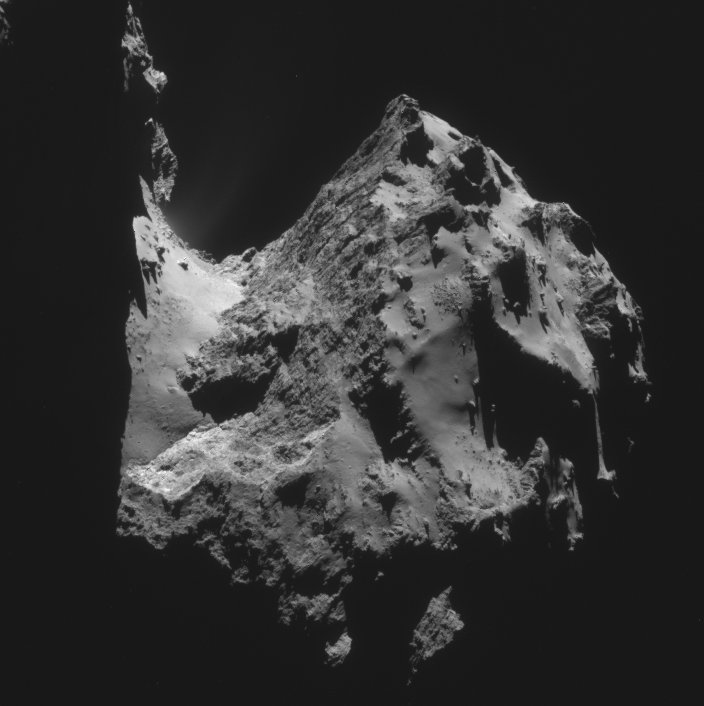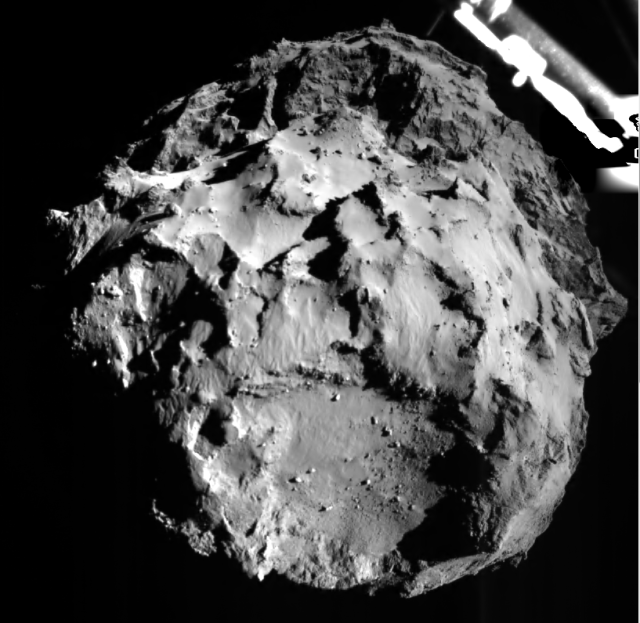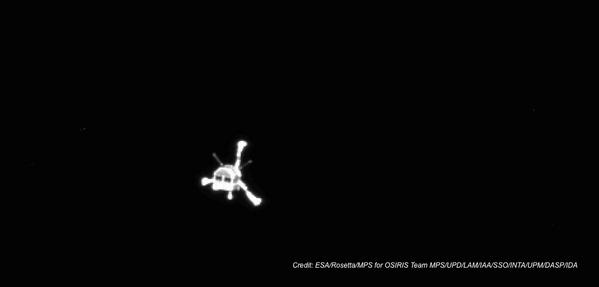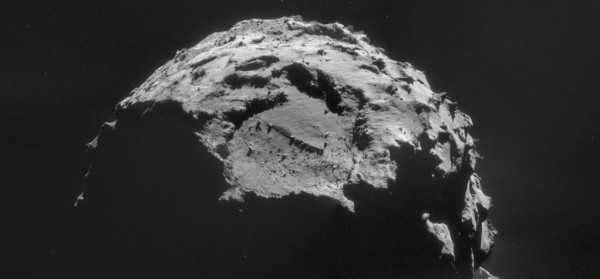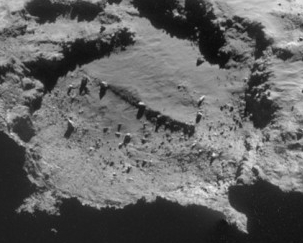Chinese spacecraft reaches L2
The service module for China’s test lunar probe, that circled the Moon before returning to Earth, has reached L2 as planned.
As of Friday, the service module had been flying for 28 days, and was 421,000 kilometers away from Earth and 63,000 km from the moon. All experiments are going well. The service module was separated from the return capsule of China’s test lunar orbiter, which returned to Earth on Nov. 1 after circling the moon in its eight-day mission launched on Oct. 24.
…After two orbital transfers, the service module re-entered the elliptical orbit with an apogee of 540,000 km and a perigee of 600 km. During the flight, the service module again performed orbital transfer actions twice, and flew along the pre-set Earth-moon transfer orbit. On Nov. 23, it reached the perilune and with the lunar gravity it was able to undertake the orbit maneuver to fly to the L2 point.
This is brilliant management. They not only test return-to-Earth capability, they practice flying a robot ship in deep space, doing complex orbital maneuvers. In addition, depending on the equipment on the service module, they get a cheap unmanned probe for observing the near lunar environment.
The service module for China’s test lunar probe, that circled the Moon before returning to Earth, has reached L2 as planned.
As of Friday, the service module had been flying for 28 days, and was 421,000 kilometers away from Earth and 63,000 km from the moon. All experiments are going well. The service module was separated from the return capsule of China’s test lunar orbiter, which returned to Earth on Nov. 1 after circling the moon in its eight-day mission launched on Oct. 24.
…After two orbital transfers, the service module re-entered the elliptical orbit with an apogee of 540,000 km and a perigee of 600 km. During the flight, the service module again performed orbital transfer actions twice, and flew along the pre-set Earth-moon transfer orbit. On Nov. 23, it reached the perilune and with the lunar gravity it was able to undertake the orbit maneuver to fly to the L2 point.
This is brilliant management. They not only test return-to-Earth capability, they practice flying a robot ship in deep space, doing complex orbital maneuvers. In addition, depending on the equipment on the service module, they get a cheap unmanned probe for observing the near lunar environment.

